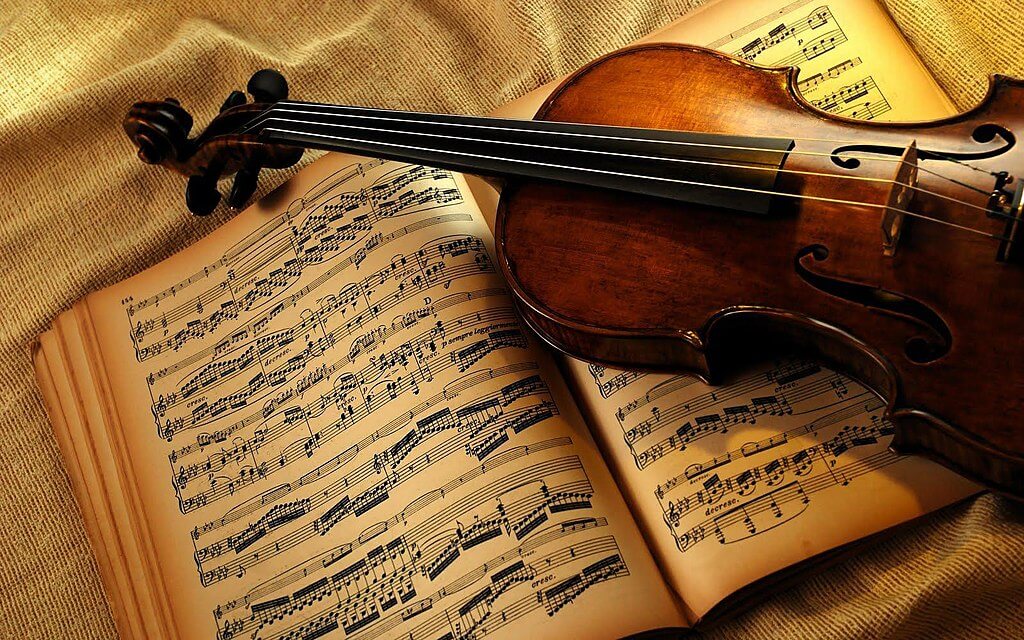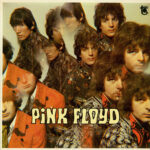Contents
Introduction
With its extensive history and wide range of forms, the evolution of classical music has enthralled listeners for generations. From its origins in medieval sacred space chants to the contemporary renditions that fill concert halls today, this genre of Western heritage has experienced extraordinary alteration. We will travel through time as we begin on this musical trip, studying the major eras, creative composers, and revolutionary technologies that have collectively sculpted and altered classical music into the enthralling masterpiece that it is today.

Early Origins: Medieval and Renaissance Music
The first works with notation initially appeared in the Middle Ages, which is where classical music got its start. The church was the main beneficiary of music throughout this time, with Gregorian chant being the most popular genre. After Pope Gregory I, plainchant and monophonic tunes were used to create the peaceful and spiritual Gregorian chant.
The Renaissance marked the start of a new period of musical inquiry after the Middle Ages. Compositions featuring numerous voices that beautifully blend together are known as polyphonic. Famous composers like Giovanni Pierluigi da Palestrina and Josquin des Prez perfected the use of polyphony to produce complex and contrapuntal compositions.
Listen to “Pope Marcellus Mass” by Giovanni Pierluigi da Palestrina
Baroque Era: Ornamentation and Grandeur
The Baroque era, which was characterized by elaborate compositions, virtuosic performances, and the invention of the opera, brought about a revolution in classical music. Johann Sebastian Bach and George Frideric Handel, two famous composers of this era, displayed astounding technical mastery and originality.
The evolution of tonality, ornate ornamentation, and complex melodic lines are all hallmarks of baroque music. The fugue and the concerto are two examples of the many genres that composers have used to create dramatic and emotionally intense pieces.
Listen to Johann Sebastian Bach’s “Brandenburg Concerto No. 3“.
Classical Period: Symmetry and Enlightenment
The Classical era, often known as the Age of Enlightenment, saw a shift toward compositions that were more balanced and organized. This period’s music placed a strong emphasis on simplicity, symmetry, and emotional restraint. The musical landscape of the time was shaped by notable composers like Wolfgang Amadeus Mozart and Joseph Haydn.
The sonata, symphony, and string quartet were among the distinctive forms used in classical music. The evolution of the piano as a solo instrument allowed composers to investigate novel dynamics and expression possibilities.
Listen to “Symphony No. 40” by Wolfgang Amadeus Mozart.
Romantic Period: Emotion and Individualism
The Classical era’s discipline was abandoned in favor of a more expressive and personal style during the Romantic era. Pushing the limits of musical traditions, composers like Ludwig van Beethoven, Frédéric Chopin, and Pyotr Ilyich Tchaikovsky produced works that were incredibly passionate and expressive.
Enhanced harmonies, a greater dynamic range, and lavish orchestrations were all features of romantic music. Through their works, composers communicated philosophical concepts, heightened dramatic sensibilities, and personal experiences.
Listen to the “Symphony No. 5” by Ludwig van Beethoven.
Modern Interpretations: Experimentation and Eclecticism
Classical music underwent an era of unheard-of exploration and diversification throughout the 20th century. Igor Stravinsky, Claude Debussy, and Arnold Schoenberg were just a few of the composers who broke the mold by experimenting with novel tonalities, intricate rhythms, and unorthodox structures.
Neoclassicism, impressionism, minimalism, and other forms were all welcomed by modern classical music. The composers of the music incorporated electronic elements, disregarded conventional wisdom, and drew inspiration from numerous cultural traditions.
Listen to “The Rite of Spring” by Igor Stravinsky.
Conclusion
The development of classical music is a fascinating trip that starts with the austerity of Gregorian chant and ends with the audacity of modern creations. Each age contributed fresh perspectives, ground-breaking methods, and profound aesthetic expressions that forever altered the course of music. That classical music will remain relevant and appealing to new generations is a result of its ongoing evolution, which includes embracing varied inspirations and pushing the frontiers of creativity.














